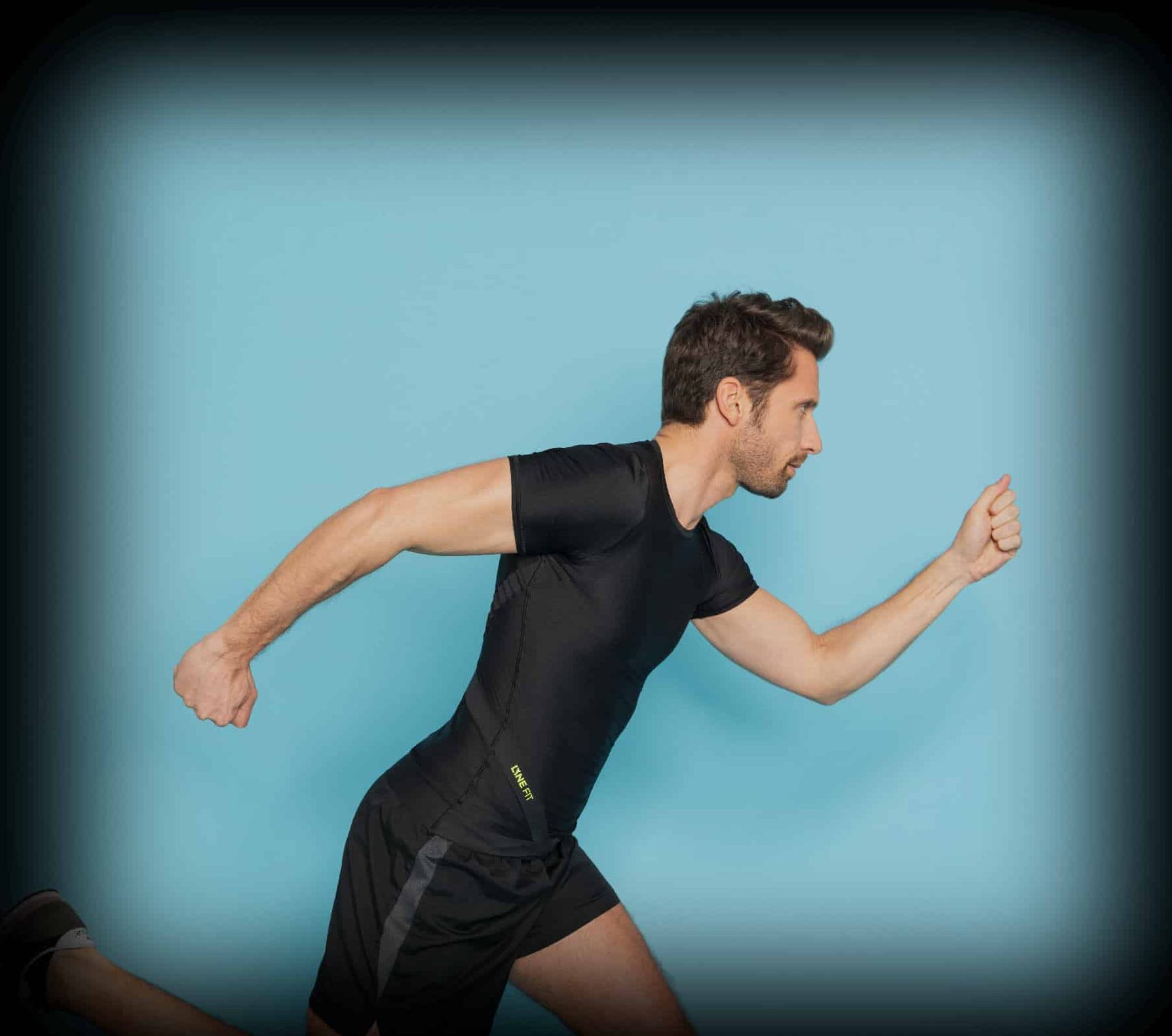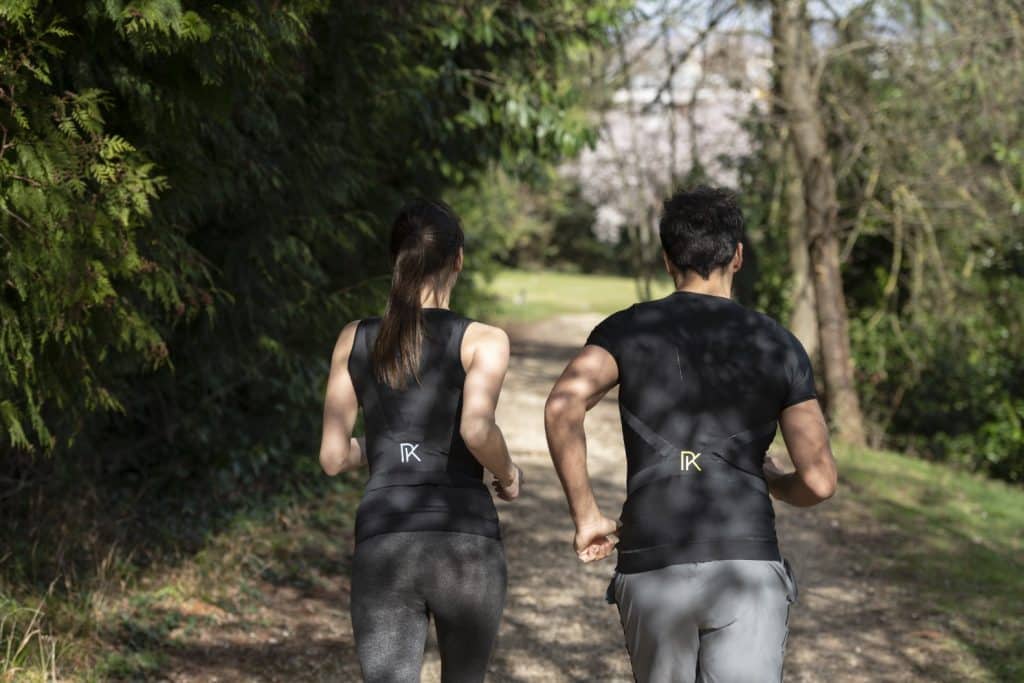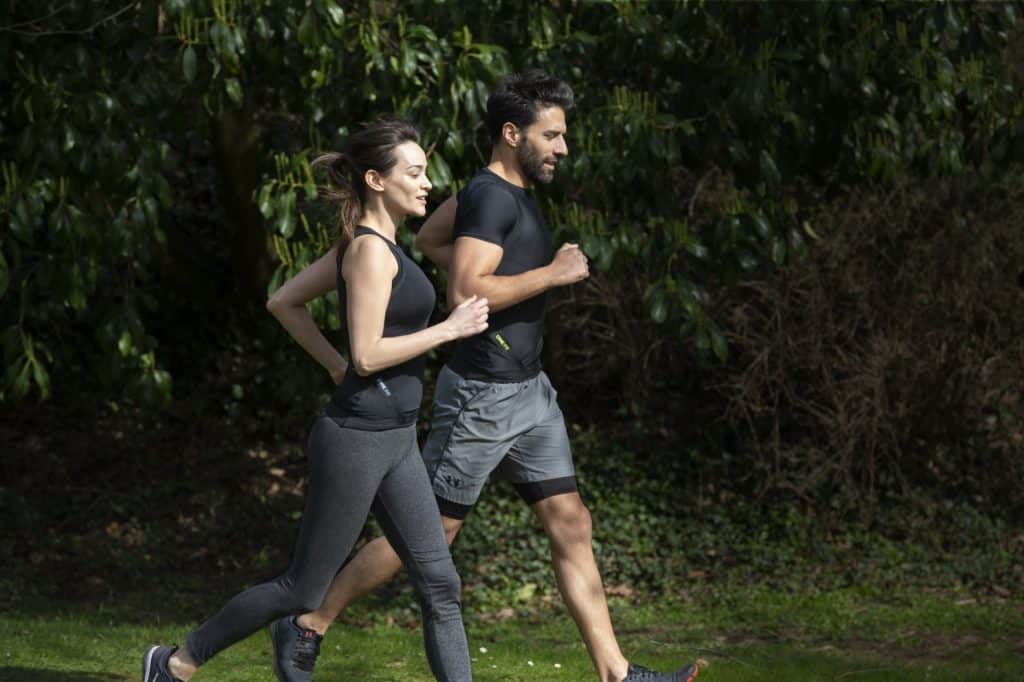
Thinking About Running a Marathon? Here’s How to Avoid Injury
If events like the London Marathon have inspired you to start thinking about running a marathon for the first time, you’ll need to prepare to avoid injury. Here’s how.
No matter where you look, “running a marathon” ranks right up there with the most popular bucket list items out there. And with the London Marathon just around the corner now, plenty among us are reconsidering where it sits on our own bucket lists.
But for many of us, the one thing holding us back is the small issue of injury, whether it’s the fear of exacerbating an existing injury, or the tales we’ve heard about running’s high rate of injuries.
And while these fears aren’t unreasonable — running a marathon necessarily implies repetitive stress on muscles and joints — injury and running don’t have to go hand in hand. The secret, however, is maintaining good form.
Here’s what you need to know.
THINKING OF RUNNING A MARATHON? Protect yourself from injury with a good pair of shoes and supportive sportswear like the PERCKO Lyne FIT T-shirt.
The Secret to Good Running Form
When we think about finding good running form, we often think about addressing the obvious deficiencies directly. For example, we all know that having a heavy heel strike from overstriding is bad, so that’s where we focus our attention — on increasing our cadence and shortening our stride. However, hidden beneath the obvious problems are a range of deeper issues that lead to all sorts of subtle biomechanical problems.
Complicating the issue even further is the fact that many of these biomechanical problems aren’t easily fixed by addressing the obvious causes of the issue. For example, if we had back pain caused by the constant pounding of the pavement when running, we might assume that taking shorter, faster strides will help.
But that would only go so far. After all, what happens if we want to run faster? There’s a limit to how fast we can turn our legs over, so there naturally comes the point where the only way to run faster is to take longer strides. But when avoiding excessively long running strides was the thing that fixed the problem initially, what options do we have left?
The secret here is to realize that the root causes of most running injuries and form problems don’t exist at the point where they manifest. Instead, they often result from deeper stability and postural issues that, unsurprisingly, stem from poor posture and core support.

The Issue With Poor Posture and Low Core Stability
We’ve all heard about the importance of good posture and core stability in all areas on life. But nowhere is this more true than in running, especially once we start to push towards marathon distances.
To name just a few of the issues facing runners who don’t get this right, runners with poor posture or low core stability can suffer from:
- Musculoskeletal imbalances: Poor core stability and bad posture can cause imbalances in the muscular and skeletal systems, leading to misaligned hips, knees, and ankles, which can negatively impact running form and increase injury risk.
- Decreased shock absorption: Poor posture can impair the body’s natural shock-absorbing mechanisms, causing increased stress on the joints and muscles.
- Inefficient running form: Core instability and poor posture can result in inefficient running mechanics, leading to wasted energy and slower running times.
- Increased injury risk: Poor core stability can cause imbalances and overcompensation in other muscle groups, increasing the risk of injuries such as runner’s knee, shin splints, IT band syndrome, and plantar fasciitis.
- Lower back pain: Poor core stability can lead to an unstable pelvis and increased stress on the lower back, causing pain and discomfort.
- Reduced endurance: Poor posture and core stability can result in premature fatigue, as the body needs to expend extra energy to maintain form and movement. The impact of this grows exponentially when running a marathon distance race.
- Compromised breathing: A slouched posture can restrict the diaphragm’s movement, limiting oxygen intake and leading to labored breathing and decreased performance.
- Altered gait: Poor core stability posture can change a runner’s gait, causing them to overstride or exhibit other inefficient movement patterns that can lead to injury and reduced performance.
POOR POSTURE? LOW CORE STABILITY? The PERCKO Lyne FIT T-shirt incorporates a system of elasticated tensors to help fix your form and protect you from injury.
Fix Your Posture and Core Stability Before Running a Marathon
From taking a look at the above list, it becomes clear just how vital it is to get postural and core stability issues sorted before even thinking about running a marathon. And while this shouldn’t be too much of a problem for people who generally live active lifestyles, it’s a whole other story for the majority of us who spend our days slouched over at a desk.
Of course, that’s not to say that these issues can’t be fixed with some commitment and focused training. However, if your core stability and postural issues stem from years of sitting at a desk, it’s going to take a lot more than simply following along with a “10-minute core workout” video on YouTube for a few months. Yes, doing so will make a difference. But no, it’s not going to give you the kind of core strength and endurance you need to run a marathon — only a high volume of physical activity will get you there.
Fortunately, for those of us who barely have enough time to train for running a marathon, let alone fit in hours of additional core training, there is a solution.
GET YOUR POSTURE SORTED. Stand up straight, shoulders back. The PERCKO Lyne FIT T-shirt helps you keep good form and prevent injury when running a marathon.
PERCKO Next-Gen Lyne FIT Sports Compression T-shirt
While there’s no shortage of options for finding a good pair of injury-preventing running shoes, other clothing items have gone largely overlooked by sportswear manufacturers. That was until PERCKO, a health tech startup specializing in products to protect and relieve your back, introduced the Lyne FIT sports compression t-shirt.

The Lyne technology features patented elasticated tensors strategically built into the compression top in a design inspired by Kinesio taping, offering a dual action that benefits both your upper and lower body when running and playing sports. By opening up your chest and shoulders, Lyne technology improves breathing and helps maintain proper posture during upright sports.
At the same time, the Lyne tensor system realigns your spine and pelvis while adding additional stability to your core. This drastically reduces the risk of back injury by preventing uneven compression of lumbar disks and providing a stable core platform to support the rest of your running form.
Sports physiotherapist Dan Boyd put the Lyne FIT to the test with one of his patients and was impressed with the results. He remarked, “For running and posture when you’re running, and posture during upright sport more generally, it’s been exceptionally good.”
In developing the top, PERCKO collaborated with a team of biomechanical experts, physiotherapists, and osteopaths to develop Lyne technology, ensuring a well-researched and effective solution for athletes. Additionally, all Lyne products are certified as medical devices and were subjected to six studies involving over 4,400 testers as part of the certification process.
GET YOUR PERCKO Lyne FIT Today. The next best thing after a good pair of running shoes, the PERCKO Lyne FIT is the must-have compression top if you want to safely run a marathon.



